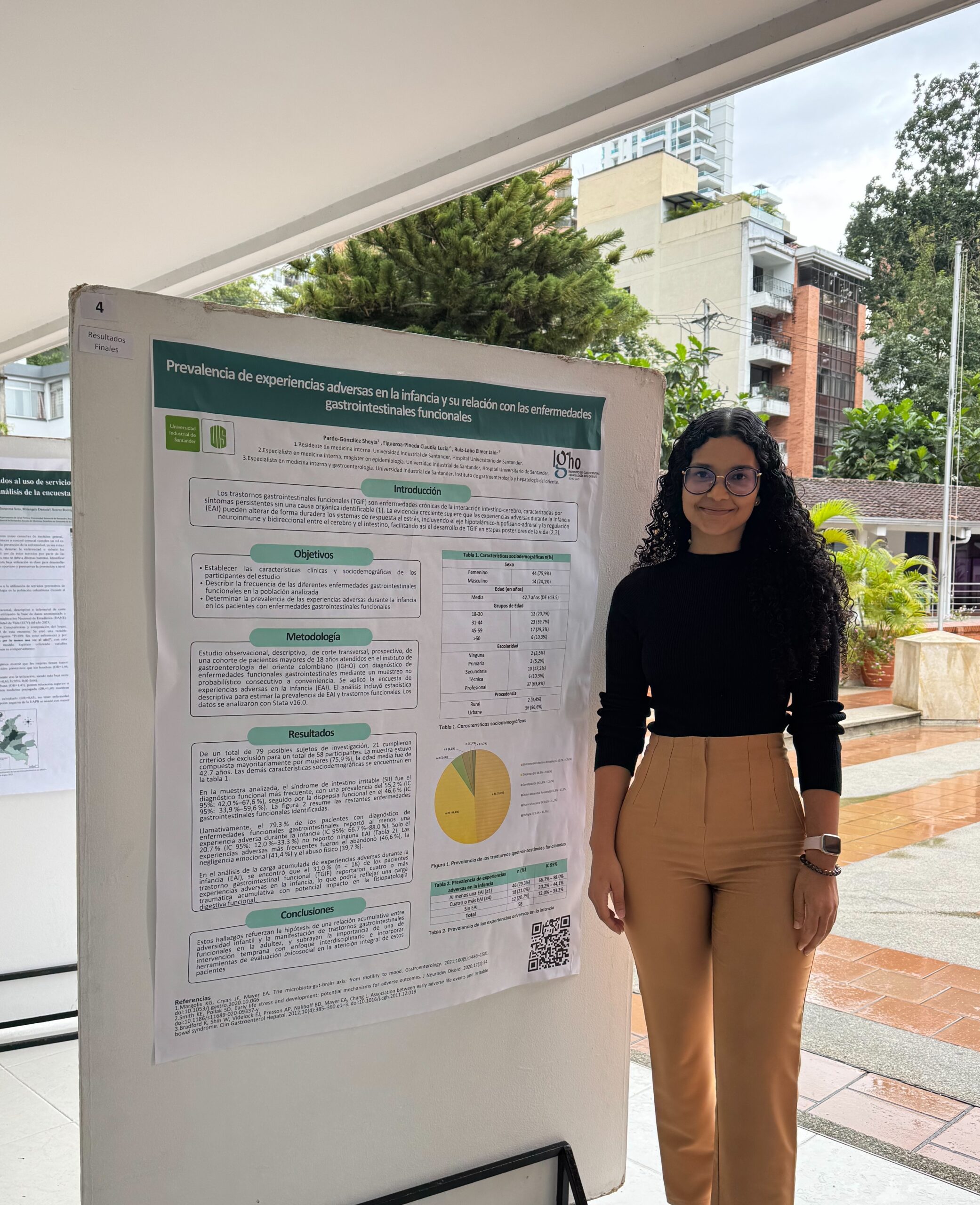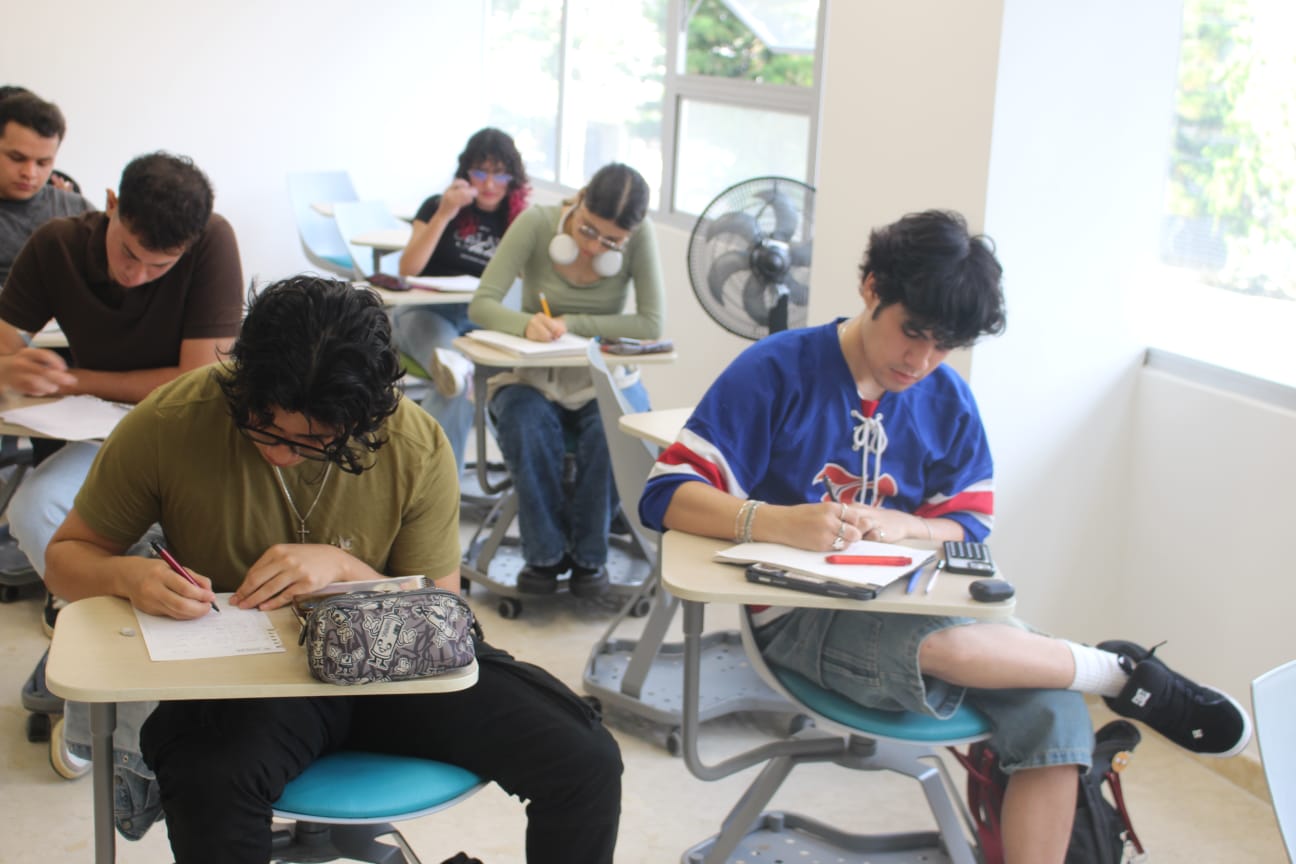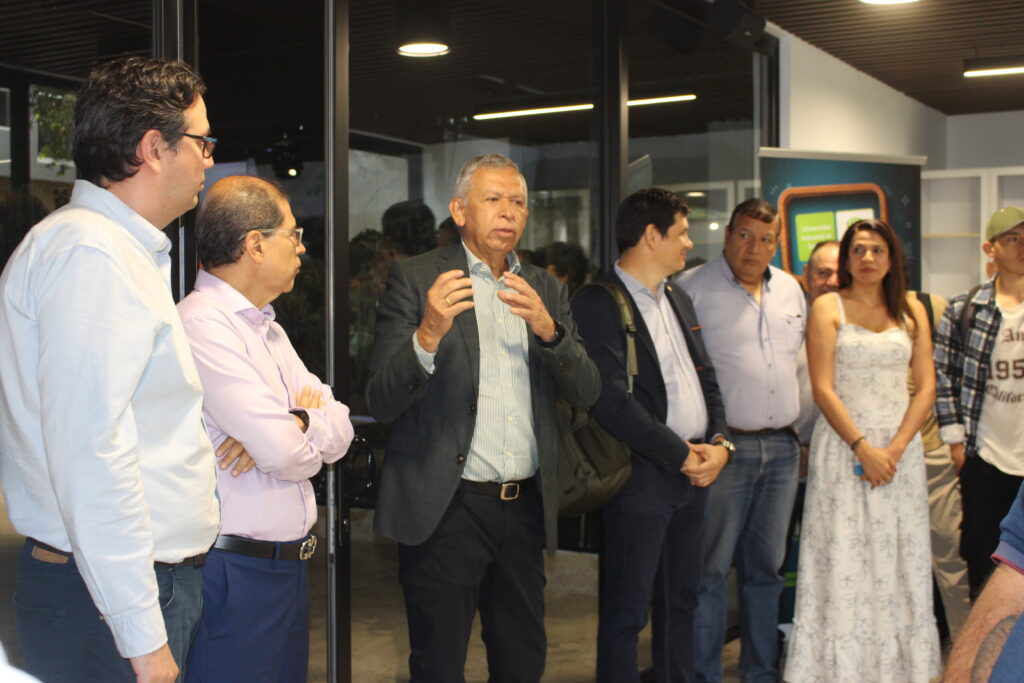
On the morning of Friday, April 4, the community of Santander received the new Museum of Natural History, a project of the Industrial University of Santander (UIS) led by the rector, Hernán Porras Díaz. It is a new and modern space suitable for applied science and large-scale research in one place located in the heart of our campus for the service and use of students and professors of the School of Biology and the Faculty of Sciences.
This modern space, formerly located in the Light Laboratory, was relocated next to the School of Science building, providing visitors with more convenient and direct access. This is an immersive and interactive setting that incorporates lights, sounds and valuable information to explore biodiversity, species evolution, climate impact and genetics.
During the opening of the Museum, Rector Hernán Porras Díaz highlighted the importance of this museum not only as a space for learning, but also as a place that promotes awareness about conservation and respect for the environment.
He also emphasized that the Natural History Museum “has become not only a place for exhibition, but also for academic and scientific research.
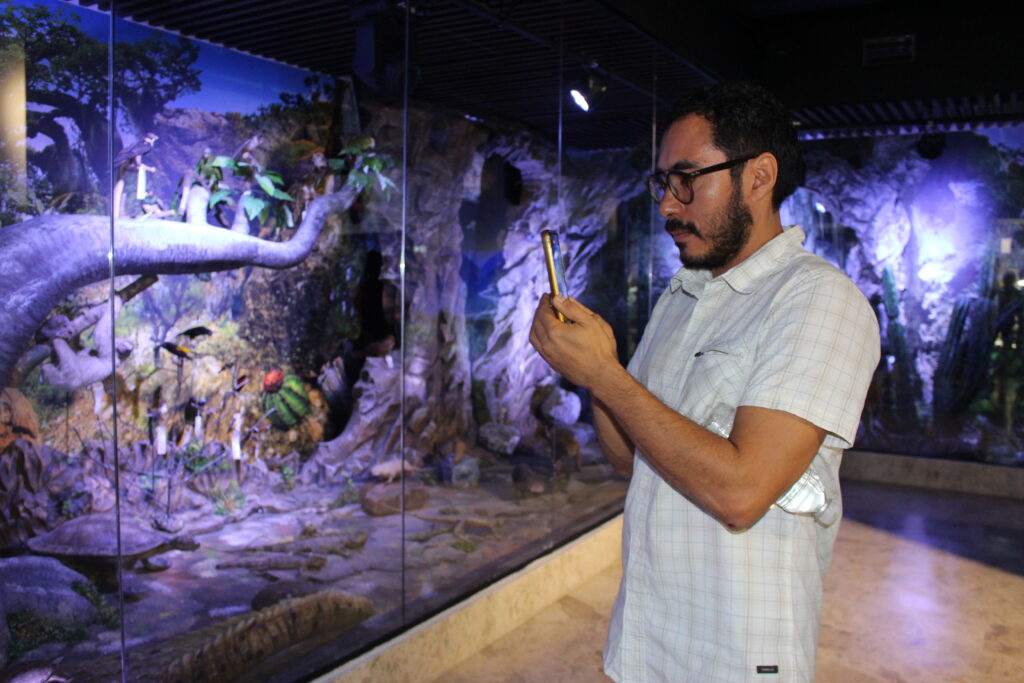
For Professor Sergio Andrés Merchán, Director of the Natural History Museum, “this new space we are inaugurating also has a laboratory to reinforce the training provided to visitors to the museum where video, audio and light are integrated to provide much more complete information”.
The museum is presented as an educational and research center that offers the opportunity to explore biodiversity, the evolution of species, the impact of climate change and genetics. With this initiative, the UIS reaffirms its commitment to education and scientific dissemination, becoming a point of reference for students, researchers and the community in general.
“The sculpture and recreation of several animals, many of them endangered, was made with fiberglass material, as well as the diorama of the interactive museum to give it a natural environment,” said Idelfonso Ardila, sculptor for the Museum of Natural History.
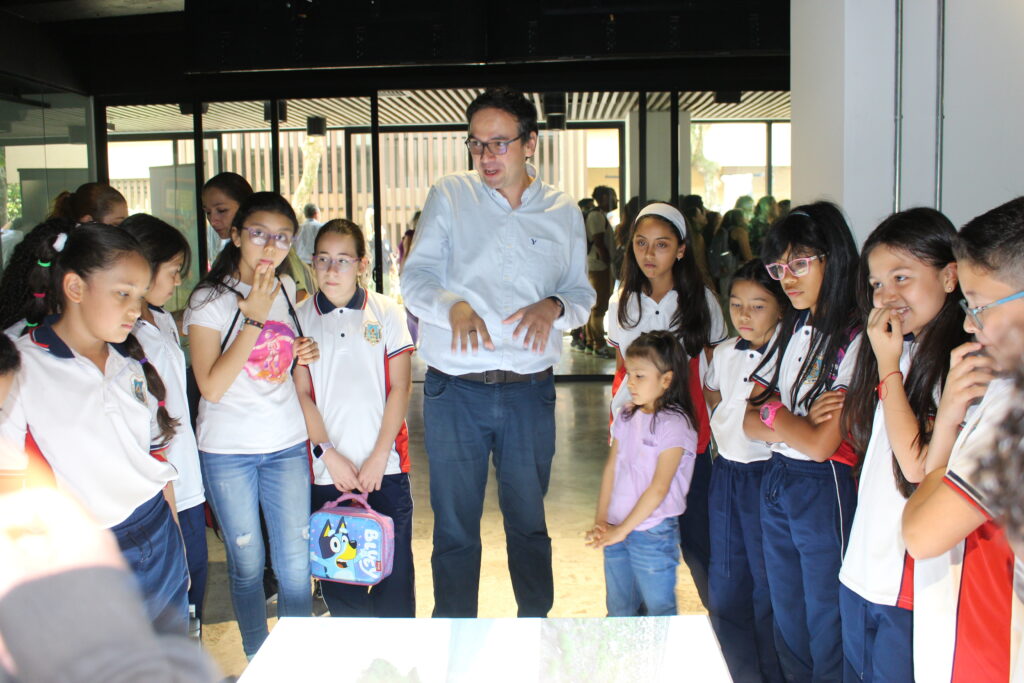
For Camila Lesmes, a UIS Biology student, “it is a very beautiful, modern, elegant and adequate renovation for the exhibition of the specimens that exist”. The opening of the Natural History Museum represents a significant step towards strengthening scientific knowledge in the region and an invitation to all to participate in the exploration of our natural environment.


